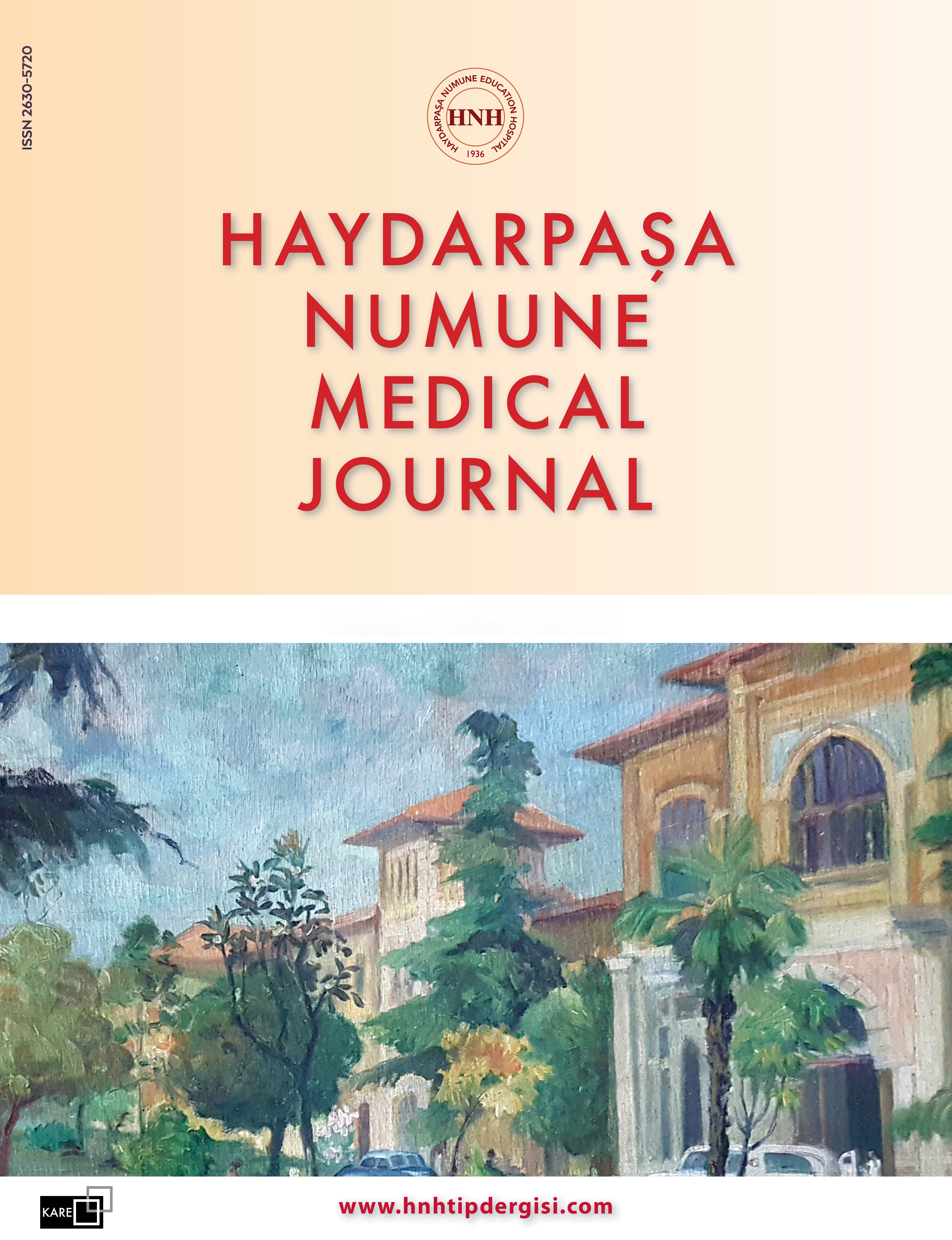Treatment of Choroid Plexus Tumours
Ersin Hacıyakupoğlu1, Ali Erhan Kayalar2, Mustafa Efendioğlu2, Serik Akshulakov3, Aydin Sav4, Sebahattin Hacıyakupoğlu51Department of Neurosurgery, Zwickau, Germany2Department of Neurosurgery, University of Health Sciences, Hamidiye Faculty of Medicine, Haydarpaşa Numune Health Application and Research Center, Istanbul, Türkiye
3Department of Neurosurgery, Children's Hospital, Almaty, Kazakhstan
4Department of Pathology, Acıbadem University, Istanbul, Türkiye
5Department of Neurosurgery, Acıbadem University, Istanbul, Türkiye
INTRODUCTION: Choroid plexus tumors (CPT) develop from the neuroepithelial lining which is well fused with ependymal cells in the 6th week of pregnancy. There is a broad spectrum of histological and biological characteristics. These tumors 70% are seen in children. The most important symptom is findings of increased intracranial pressure. Computed tomography and magnetic resonance imaging are essential in diagnosis. The aim of this study was to evaluate the surgical results of patients with a diagnosis of choroid plexus papilloma who were operated in our clinic.
METHODS: In this article, demographic characteristics, surgical approach, and results of 11 pediatric and three adult patients who underwent tumor excision between 2000 and 2020 were evaluated retrospectively.
RESULTS: We evaluated the findings, the treatment approaches, and surgical outcomes of 11 pediatric and three adult cases who underwent grosstotal excision between 2000 and 2020.The pediatric cases comprised of eight choroid plexus papilloma, two atypical choroid plexus papilloma, and one diffuse villous hyperplasia filling supratentorial ventricles (left, right lateral ventricles, and third ventricle). In one of our adult cases (12th case), choroid plexus papilloma was located at the right lateral ventricle and we suspected of parenchymal infiltration but pathologic diagnosis was pilocytic astrocytoma. These two tumors together constructed collesion tumor. The other tumor located in the right pontocerebellar angle (Case 13) had undergone stereotactic radiosurgery 10 years previously as it had been considered to be meningioma, and as there had been no follow-up, growth had continued.
DISCUSSION AND CONCLUSION: CPTs show anaplastic transformation, may have an effect of irritation on the parenchyma, and may cause secondary tumors with the effect of parenchyma infiltration. Gamma knife treatment is not highly effective and the basic treatment should be considered to be grosstotal resection.
Makale Dili: İngilizce
















